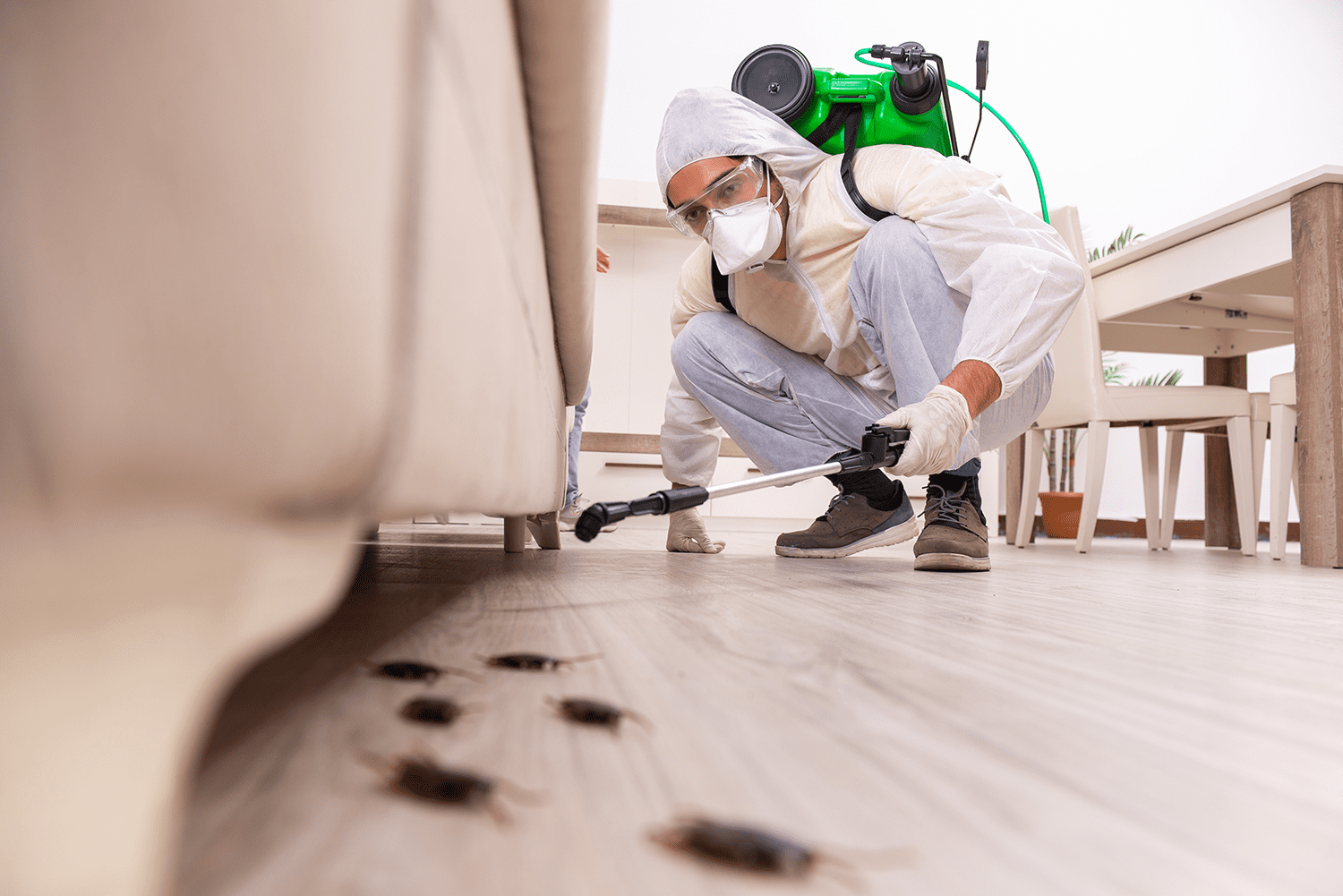Pest control is a crucial aspect of maintaining a healthy and safe environment in any home or business. In Sydney, pest infestations are common due to the city’s warm climate and abundance of food sources. From cockroaches and ants to rodents and termites, pests can quickly become a nuisance if not properly managed.
One key component of effective pest control is monitoring. Pest monitoring involves regularly inspecting for signs of pests, such as droppings, nests, or chewed wires. By identifying pests early on, treatment plans can be implemented before an infestation becomes severe.
Monitoring also allows pest control professionals to track the effectiveness of their treatment plans over time. By regularly assessing the level of pest activity in a property, technicians can adjust their methods as needed to ensure that pests are kept at bay.
In addition to preventing infestations, monitoring plays a crucial role in protecting human health and safety. Many pests carry diseases that can be transmitted to humans through contact with contaminated surfaces or bites. For example, cockroaches are known to spread bacteria like E.coli and salmonella, while rodents can transmit diseases such as hantavirus and leptospirosis.
By monitoring for pests regularly, property owners can reduce the risk of exposure to harmful pathogens and prevent potential health issues from arising. This is especially important in commercial settings like restaurants or healthcare facilities where strict hygiene standards must be maintained.
Another benefit of regular pest monitoring is cost savings. Detecting pests early on allows for more targeted treatments that are less invasive and costly than dealing with a full-blown infestation. By investing in preventative measures like routine inspections and monitoring programs, property owners can save money in the long run by avoiding expensive repairs or replacements caused by pest damage.
Furthermore, effective pest monitoring demonstrates a commitment to sustainability and environmental responsibility. Rather than relying on harsh chemicals that may harm beneficial insects or contaminate water sources, integrated pest management (IPM) techniques focus on using non-toxic methods whenever possible.
For example, sealing cracks and crevices to prevent entry points for pests or implementing traps instead of chemical sprays are environmentally friendly alternatives that can still effectively manage pest populations.
In conclusion, pest control sydney emphasizes the importance of proactive pest monitoring as part of comprehensive treatment plans. By staying vigilant against potential infestations through regular inspections and assessments, property owners can protect their investments while safeguarding human health and promoting sustainable practices within their communities.




